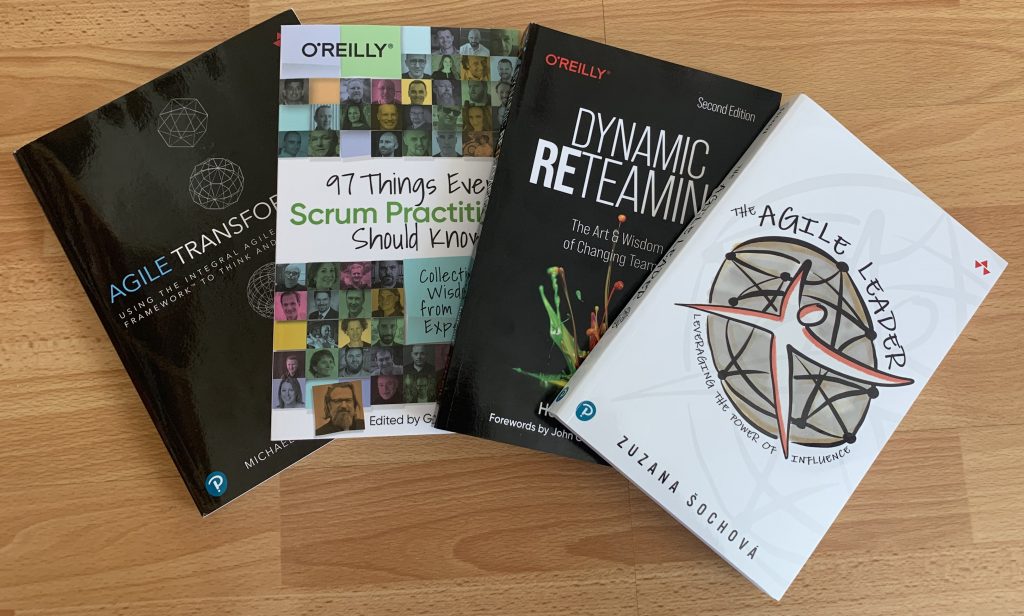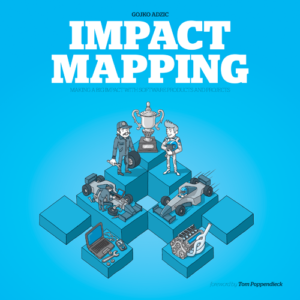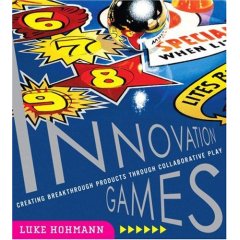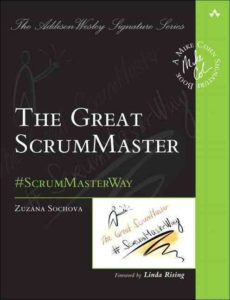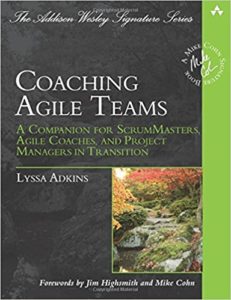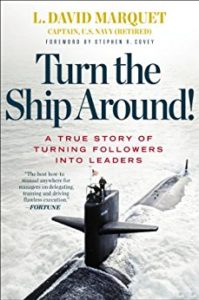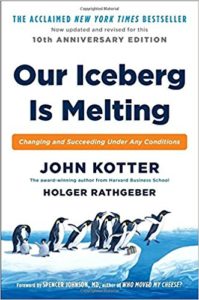People are always asking me what to read. I created the three lists recommending books ScrumMasters shall read, books Product Owners shall read, and books agile leaders shall read. And recently I got some great books from my friends, so I thought I will write one update page referring to them. This list is intended to help people on their agile journey who want to deepen their understanding of what Agile organizations are about and how leadership needs to change.
#1: Johanna Rothman – Modern Management Made Easy
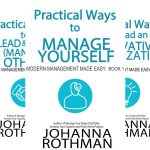 The first recommendation is a trilogy Modern Management Made Easy from Johanna Rothman. The books are full of stories and practical examples. Here are few quotes from the three books so you can choose which one is the most interesting for you.
The first recommendation is a trilogy Modern Management Made Easy from Johanna Rothman. The books are full of stories and practical examples. Here are few quotes from the three books so you can choose which one is the most interesting for you.
1. Practical Ways to Manage Yourself is focusing on you as a leader. Modern management requires we first manage ourselves—and that might be the most challenging part of management.
“When we exercise our personal integrity, it’s true, we might lose our job or a specific role. However, even I have never immediately lost a job. Very few managers lose their jobs if they say, ‘No,’ to a management request that lacks integrity.”
2. Practical Ways to Lead and Serve (Manage) Others is looking on how to work with other people. Great managers create an environment where people can do their best work.
“Many first-line managers see themselves as the expert, as the sole source of knowledge for their group. You may have started as the expert. However, as soon as you become a manager, start moving out of that expert’s seat. You can’t be the expert for the team.”
3. and finally the Practical Ways to Lead an Innovative Organization are looking at organization as a whole. Learn to create an environment where people can innovate.
“Great managers solve culture problems. And, culture problems are big, messy, systemic problems. You’ll address something over here and something over there will break. You’ll never run out of problems to solve. Maintaining a culture of integrity might be the most challenging job a manager can do.”
All over, the three books bring a nice overview of modern management practices, are easy to read, and give practical examples of how to change your leadership style. Each book covers several myths which help you to reflect on your current practices and change the way you work.
#2: Michael Spayd, Michele Madore – Agile Transformation
Another book I recently got is Agile Transformation: Using the Integral Agile Transformation Framework™ to Think and Lead Differently. It’s looking at agile transformation
“Becoming a transformational leader challenges us to make room for our own deep passion for change, coming up against the personal limitations in us that prevent this change from occurring through us.”
In the world we live in, which is complex and unpredictable, we need to re-think how we are thinking about organizations, leadership, and transformation. How can you work with other leaders, what kind of leadership is required to successfully lead transformational change, and what is realistically required for agile transformation?
#3: Zuzi Sochova – Agile Leader
The third on the recommendation list is my new book The Agile Leader: Leveraging the Power of Influence. It continues where the Great ScrumMaster book finished and is focusing on how to change the organizations and leadership in the agile space. It will help you to unleash your agile leadership potential and guide your entire organization toward agility. It’s a great overview of concepts for managers, directors, executives, and entrepreneurs―anyone, regardless of position, who’s ready to take ownership, challenge the status quo, and become a true agile leader.
“Having a critical mass of agile leaders is the key factor to organizational success in the VUCA world. Supporting agile leadership and growing agile leaders is one of the most important tasks on your agile journey.”
#4: Heidi Helfand – Dynamic Reteaming
The fourth recommended book is looking at evolutions of teams. Dynamic Reteaming: The Art and Wisdom of Changing Teams got recently it’s second edition and it’s a great book for all people interested in the team dynamic.
“Whether you like it or not, your teams are going to change. People will join your team and people will leave your team. You can grow your organization with dynamic reteaming in mind so that you have a resilient and flexible structure, or you can adjust your existing organizations to enable dynamic reteaming.”
#5: 97 Things Every Scrum Practitioner Should Know: Collective Wisdom from the Experts
Finally, there is a fifth recommendation for a very interesting book collected and edited by Gunther Verheyen. This book is a collection of short essays from 97 thought leaders (97 Things Every Scrum Practitioner Should Know: Collective Wisdom from the Experts) who share their insights from their agile journey about transformation, product value delivery, collaboration, people, development practices, ScrumMastery, organizational design, and Scrum.
“Bring the agile values to the organizational level. Address the system in its whole complexity and turn it into a self-organizing network of great teams. At this stage, you can see your organization as a living organism. Being a ScrumMaster is a never-ending journey. The #ScrumMasterWay concept can guide them.”

